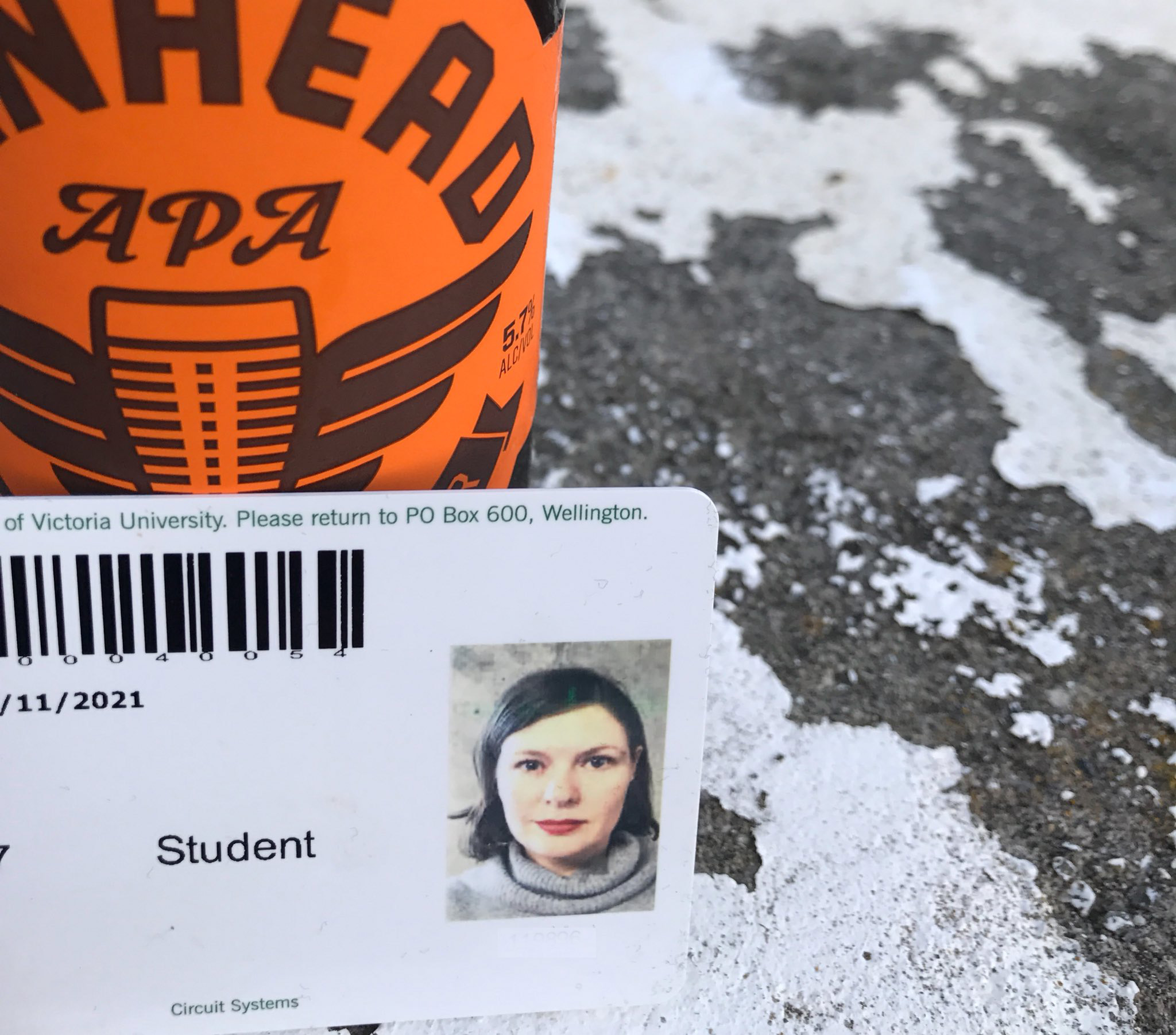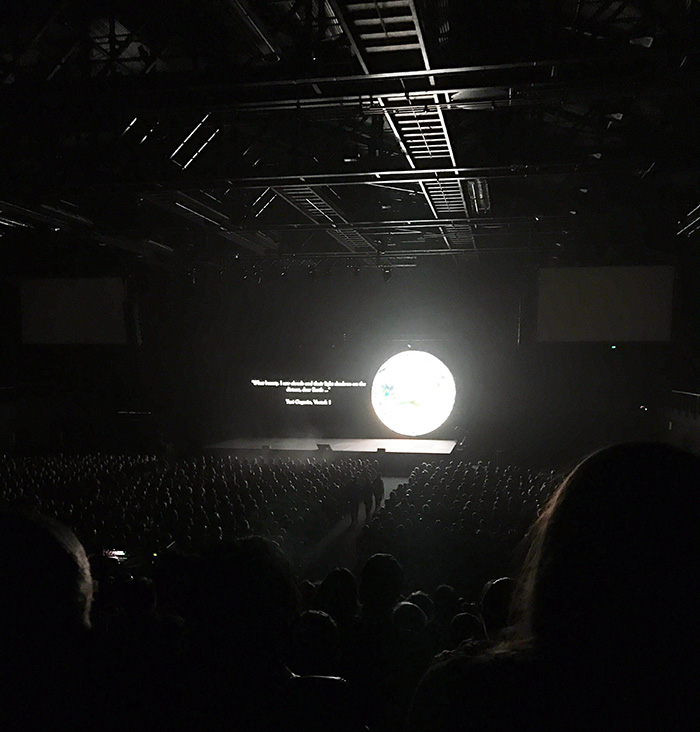#JoDoesPhD part two
So I’m underway.
I got off to a flying start with a two day hui with Te Pūnaha Matatini, the Centre of Research Excellence who are funding my scholarship. I met a whole heap of amazing people, some of whom will likely become my research subjects, and many more great sounding boards (HT David Hall for the great references!). I also met fellow PhD students through the Te Pūnaha Matatini Whanau, so felt like I had an instant support network. I’ve also negotiated my way around the Victoria University systems (I can log on, I’ve been to the library, I even have a student card, haha! – as Kate Hannah pointed out, “There’ll be discounts on nachos & maybe textbooks?”).
I’ve spent a good deal of time feeling like my brain was going too fast for my body. It feels good though. I like to imagine it’s fizzing with new synapses. On the flipside, I’ve already managed a fair few hours of procrastination (though there’s a silver lining – I finally cleaned the bathroom as a procrastination punishment). Also, there’s nothing like academic vocab to make you feel stupid. These are things I have googled recently:
Words I Google *every. single. time.*: epistemology (twice today already); normative; ontology, phenomenology #JoDoesPhD
— jo bailey (@jo_bailey) November 6, 2017
Today I have googled: revisionism; ontological (again); instantiation; pharmakon; Danaid’s barrel. Not sure much has stuck! #JoDoesPhD
— jo bailey (@jo_bailey) November 7, 2017
Words I've googled this weekend so far:
— jo bailey (@jo_bailey) November 11, 2017
homophilous sorting
reactance
heuristic
mutatis mutandis
coterminous#JoDoesPhD
I’ve hit up the library big time. I read the excellent Post Truth: The New War on Truth and How to Fight Back (✭✭✭✭) on Saturday afternoon (I picked the easy reading first!). I’ve a folder full of PDFs to read (which I will load onto my Zotero library as I’ve made my way through them – drop me a line if you want to join my group!).
Oh, and Rhian and I went to see Brian Cox Live. I’ve enjoyed his TV work, and I’m a Monkey Cage fan of old, but he was pretty captivating in real life, and given the 7-70+ age span, he did an amazing job of being accessible, authoritative, and authentic.
These are the things I’m currently pondering:
Terminology
Are we speaking the same language when we say ‘science communication’? Where do outreach, engagement, and science communication fit into a hierarchy? Or do they? The same with terms like transdisciplinary and reflexive – as a designer, is my understanding different to other disciplines? What are the key texts that benchmark the comprehension of these terms?
Speakers and audiences
- Who are you and who is your audience?
- Why are you doing scicomms?
- What is the desired outcome?
- What stage of the research are you at?
Another really general thing: science communication has many engaged parties. What models have been used to classify the type of communication based on the above, or other things.
Motivation
We are just coming to the end of a PBRF round. I’d assumed all institutions encouraged their scientists to do some kind of public-facing communication, but anecdotally, conversations have suggested that support is not uniform and that it can leave people penalised in terms of their career trajectory. How do structural systems like PBRF support/inform/dictate the emphasis placed on science communication? Aligned to this, when people talk about the ‘third mission’ of universities, sometimes this seems to be community outreach, sometimes it seems to be monetisation. I need to get to the bottom of this.
Art + Science
I’ve also been thinking loosely about the role of artists in communicating science. It feels like when designers (i.e. me) have a role within science communication, it’s to make things ‘as simple as they can be but not simpler’ and to consider the communication from a user perspective. This can, to a certain extent, be tested. For instance, if it’s a visualisation, map or a digital product, you can test it. So there’s a process for gauging success: does it make it easier for people to understand? And does it do what the audience requires? This might sound snarky, but do artists have any quantifiable measures, or is that not the point of art?
I’m tweeting under #JoDoesPhD if you want to give me your thoughts on any of this!

